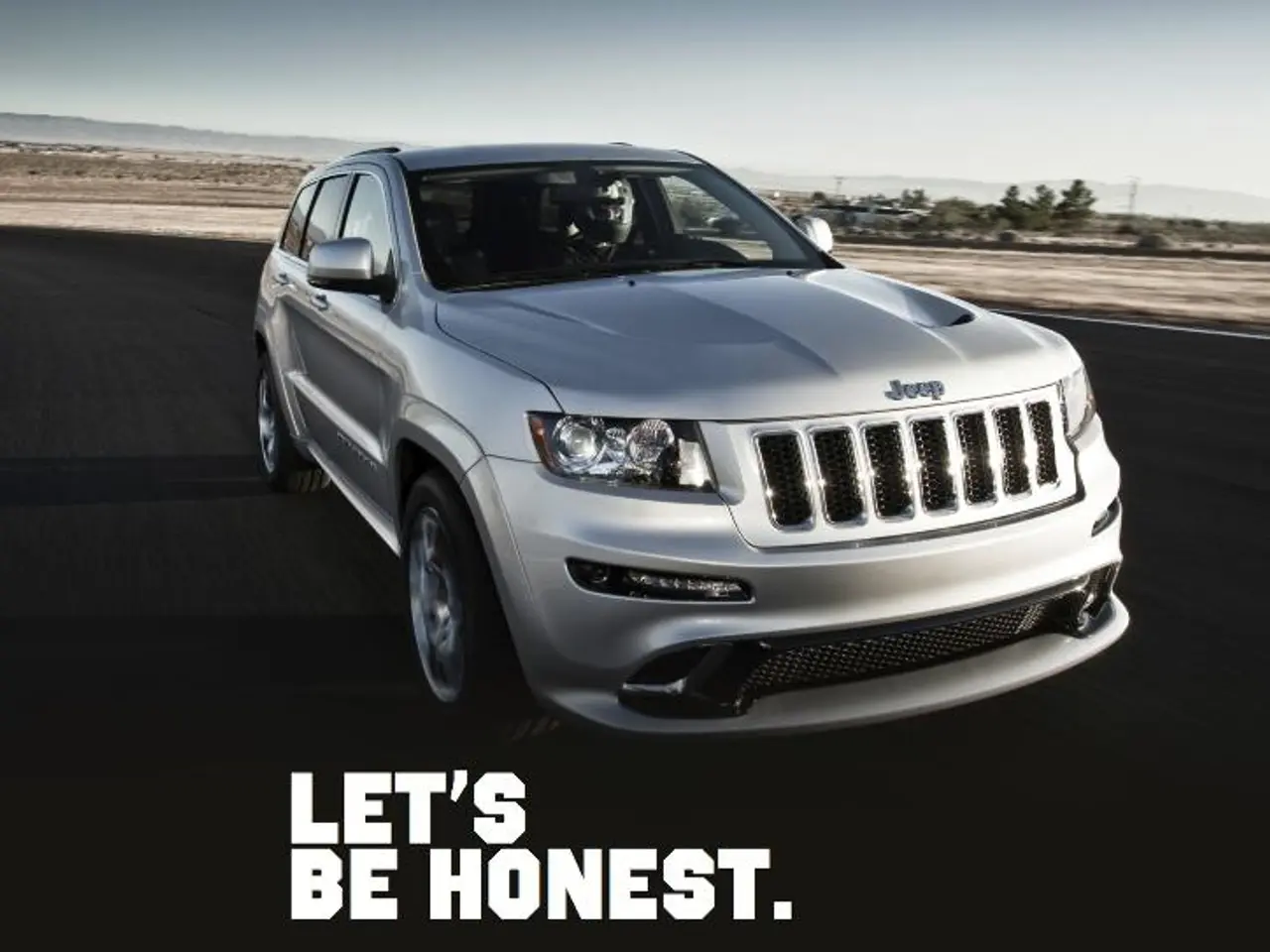German luxury automakers face critical issues
German Luxury Car Manufacturers Adapt to Challenges
Germany's premium carmakers—Mercedes-Benz, Porsche, Audi, and BMW—are navigating a complex landscape of declining sales, intense competition, and the pressures of digitalization and innovation.
1. Struggling Sales in China and Adjusted Strategies
All these brands are facing significant sales drops in China, the world’s largest electric vehicle (EV) market. BMW's China sales fell 14%, Porsche's plunged 42% year-on-year in Q1 2025, and Mercedes also saw weak performance in China [1][2][3][4]. In response, manufacturers are hoping for market stabilization and reevaluating their EV and internal combustion engine (ICE) strategies. Porsche, for instance, is considering adding petrol and plug-in hybrid vehicles alongside EVs, reflecting a cautious approach in the slowing Chinese EV market [2].
2. Impact of U.S. Tariffs
U.S. tariffs of 25% on imported cars have impacted pricing and sales, notably affecting Mercedes-Benz, which lowered its 2025 earnings forecast and expects a lower carmaking margin (down to 4% from at least 6%), directly attributing the pressure to tariffs and weak China sales [3][5]. Despite tariffs, BMW and Mini showed resilience in the U.S. with slight overall sales growth (1.4%), and Mini sales surged nearly 30% in Q2 2025. BMW attributes this to strong demand in Europe and the U.S. markets counterbalancing difficulties elsewhere [1].
3. Emphasizing Innovation and Digitalization
Although explicit details on digitalization strategies were less highlighted, the German manufacturers’ responses—such as Porsche’s strategic product diversification and Mercedes-Benz’s overall cost-cutting and restructuring—suggest an increased focus on innovation, including electrification and flexible powertrain options [2][3]. The competitive threat from Chinese EV makers, who are rapidly increasing market share in Europe and leveraging aggressive pricing, is pushing these German firms to innovate faster to compete [4].
Impact on Financial Results
- Cost-cutting measures, including severance payments, also weighed on Mercedes-Benz’s results, with around 560 million euros set aside for them [3].
- Mercedes-Benz's net profit from April to June fell by around 69 percent to 957 million euros [3].
- Mercedes-Benz's net profit for the first half of the year fell by more than half, from around 6.1 billion euros to around 2.7 billion euros compared to the same period last year [3].
- Audi's profit for the first half of the year fell by 37.5 percent to 1.3 billion euros [3].
- Tariff effects had a significant impact on Mercedes-Benz's results, causing hundreds of millions of euros in additional costs [3].
- US import tariffs cost Audi around 600 million euros [3].
- In the medium term, production shifts towards the USA are expected [3].
- Mercedes-Benz's revenue fell by 8.6 percent to 66.4 billion euros for the first half of the year [3].
Looking Ahead
Experts believe that the new models could break the downward trend in China. They also expect the premium manufacturers to first have to be satisfied with lower profit margins [3]. Germany will become less important for the German premium manufacturers in terms of production and development [3].
In short, German luxury carmakers are adopting a multi-pronged strategy combining market-specific product adjustments, cost management, and a cautious but targeted push towards innovation to mitigate current headwinds from tariffs, China’s shifting market, and electrification trends [1][2][3][4][5].
[1] Reuters [2] Bloomberg [3] Auto Express [4] CNBC [5] Mercedes-Benz
- The German luxury car manufacturers, including Mercedes-Benz, Porsche, Audi, and BMW, are actively engaging in business strategies that emphasize both cost management and the finance sector to address the challenges posed by tariffs, China's evolving market, and the increasing importance of technology and innovation in the automotive industry.
- In the face of declining sales, these brands have started to adapt their internal combustion engine (ICE) and electric vehicle (EV) strategies, with Porsche exploring the addition of petrol and plug-in hybrid vehicles alongside EVs, and Mercedes-Benz implementing cost-cutting measures and restructuring initiatives aimed at fostering innovation.




